The World's Greatest Ancient Civilizations
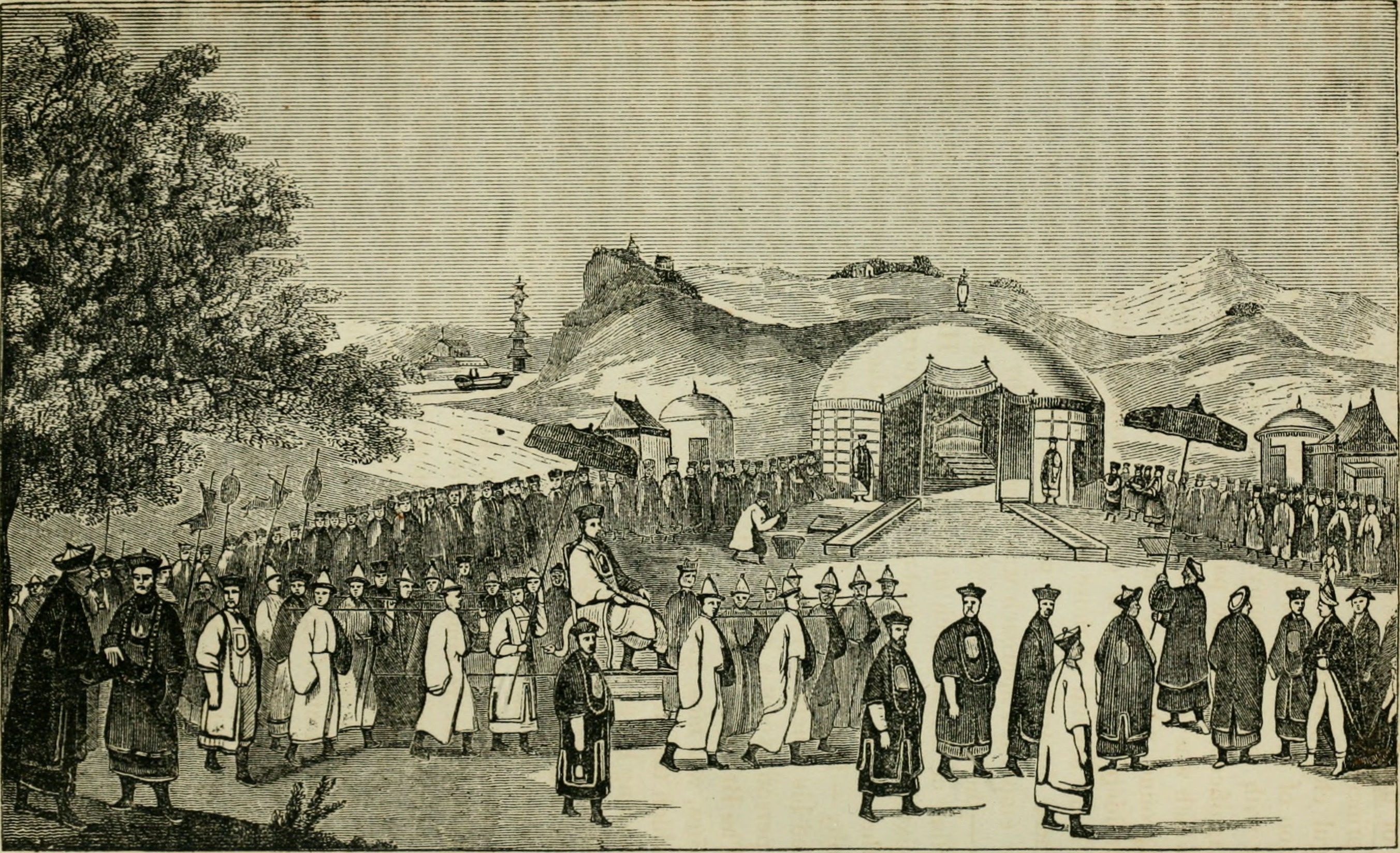
Published on March 11, 2024
The study of ancient civilizations sheds light on the complexities of human societies that have flourished and faded over millennia. These civilizations, with their monumental architectures, sophisticated cultures, and pioneering achievements, laid the foundations for modern societies. This article explores the top greatest ancient civilizations, highlighting their contributions to human history, culture, and progress.
1. Mesopotamia (c. 3100–539 BCE)
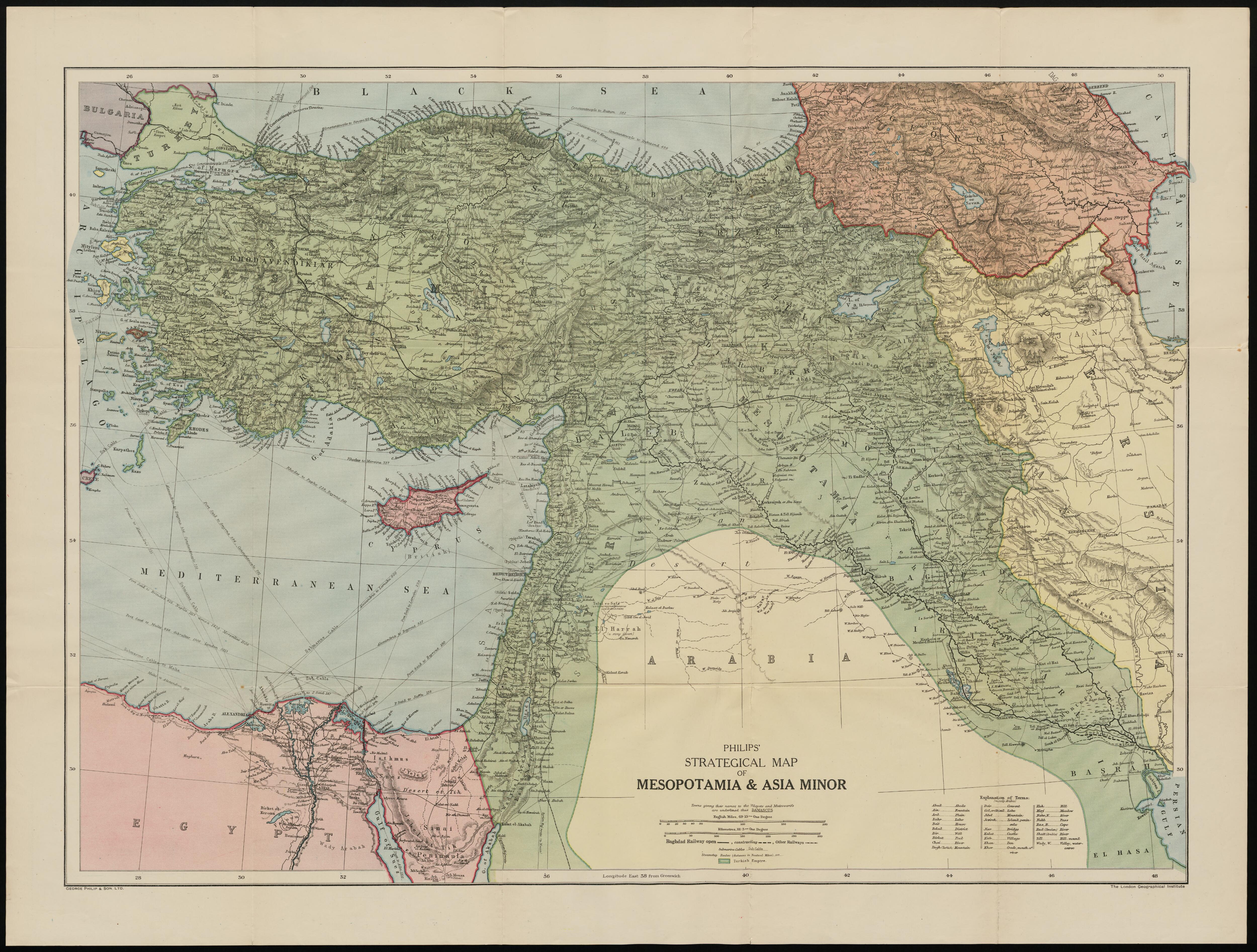
Located between the Tigris and Euphrates Rivers, Mesopotamia is often hailed as the cradle of civilization. It was here that the world saw the birth of the first cities, such as Uruk and Ur, along with the invention of writing (cuneiform) and the emergence of complex state structures. Mesopotamians made significant advancements in mathematics, astronomy, and law, notably with the Code of Hammurabi, one of the earliest and most complete written legal codes.
Here are a few facts:
- Invention of the Wheel: Mesopotamia is credited with inventing the wheel around 3500 BCE, revolutionizing transportation and pottery making.
- Cuneiform Writing: Developed around 3200 BCE, cuneiform script is one of the earliest known systems of writing, used initially for accounting purposes.
- The Ziggurats: Monumental structures, ziggurats were terraced step pyramids that served as temples to the gods, with the famous Tower of Babel possibly being one.
- Astronomical Advances: Mesopotamian astronomers were pioneers in identifying constellations, lunar cycles, and creating a calendar based on lunar phases.
- The Epic of Gilgamesh: One of the oldest known works of literature, this epic poem includes themes of heroism, friendship, and the quest for immortality.
2. Ancient Egypt (c. 3100–30 BCE)

Renowned for its pyramids, mummies, and hieroglyphs, Ancient Egypt was a civilization that flourished along the Nile River. Its sophisticated system of agriculture, enabled by predictable flooding of the Nile, supported a stable population and contributed to the emergence of a rich culture that produced monumental architecture, art, and religious practices. The Egyptians are credited with developments in writing, medicine, and engineering.
Here are a few facts:
- Pyramids of Giza: The Great Pyramid is one of the Seven Wonders of the Ancient World and showcases the Egyptians' remarkable engineering skills.
- Hieroglyphics: An ancient writing system that combined logographic and alphabetic elements, offering insight into Egyptian life, culture, and religion.
- Mummification: A sophisticated process aimed at preserving the body for the afterlife, reflecting deep beliefs about mortality and the soul's journey.
- Solar Calendar: The Egyptians developed a 365-day calendar based on the heliacal rising of the star Sirius, aligning agricultural and ceremonial activities.
- Medical Knowledge: Ancient Egyptian texts, such as the Ebers Papyrus, reveal advanced medical practices and treatments for various ailments.
3. Indus Valley Civilization (c. 3300–1300 BCE)

The Indus Valley Civilization, located in what is now Pakistan and northwest India, was distinguished by its advanced urban planning, including the world's first known urban sanitation systems. It comprised major cities like Harappa and Mohenjo-Daro, known for their grid layouts, drainage systems, and large public baths. The civilization's script remains undeciphered, leaving much about its culture and administration a mystery.
Here are a few facts:
- Urban Planning: Cities like Harappa and Mohenjo-Daro had advanced urban planning, including grid streets, drainage systems, and public baths.
- Non-Militaristic Society: Unlike other ancient civilizations, there is little evidence of warfare or military structures in the Indus Valley.
- The Great Bath: Located in Mohenjo-Daro, it's one of the earliest public water tanks in the ancient world, possibly used for ritual bathing.
- Undeciphered Script: The Indus script, comprising hundreds of symbols, has not been deciphered, leaving a mystery about their language and literature.
- Trade Networks: The civilization had extensive trade links with Mesopotamia, Central Asia, and the Gulf region, indicating a high degree of commerce.
4. Ancient China (c. 2100–221 BCE)

Spanning from the Xia to the Qin dynasties, Ancient China is celebrated for its significant contributions to humanity, including the invention of paper, gunpowder, the compass, and printing technology. The Great Wall of China and the Terracotta Army of Emperor Qin Shi Huang are monumental testaments to its architectural and artistic achievements. The philosophies of Confucianism and Taoism also originated in this period, influencing Chinese culture and beyond.
Here are a few facts:
- The Great Wall: Initially built by various states, it was later unified and expanded by Qin Shi Huang to protect against northern invasions.
- Terracotta Army: Over 8,000 life-sized terracotta soldiers were buried with Qin Shi Huang, each with unique facial features and weaponry.
- Four Great Inventions: Papermaking, the compass, gunpowder, and printing (both woodblock and movable type) are significant contributions to the world.
- Confucianism and Taoism: Philosophical systems that have profoundly influenced Chinese culture, social structure, and ethical codes.
- Canal Systems: The Grand Canal, constructed during the Sui Dynasty, is the longest ancient canal in the world, vital for transportation and trade.
5. The Maya Civilization (c. 2000 BCE–900 CE)
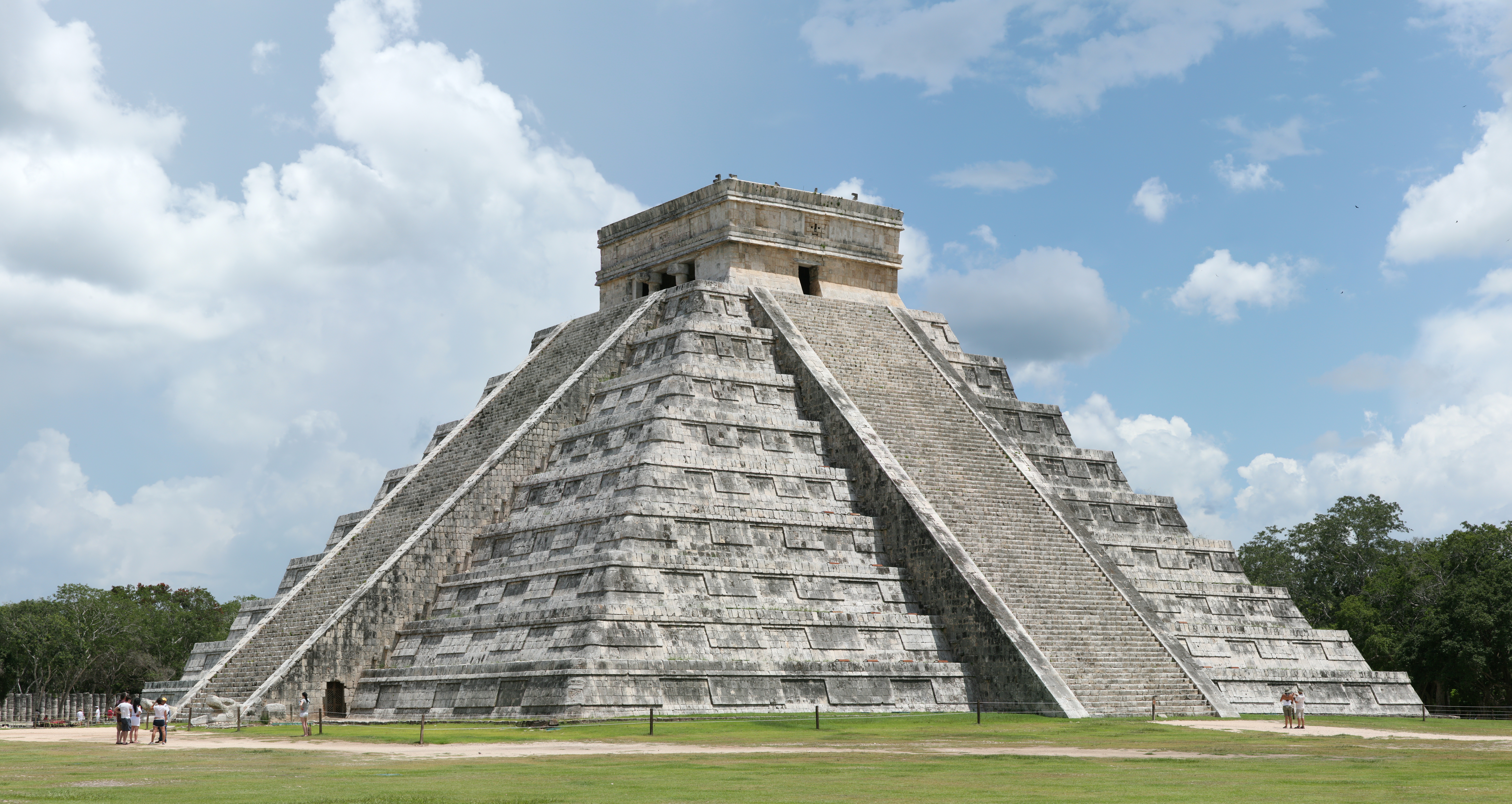
The Maya Civilization thrived in Mesoamerica, present-day Mexico, and Central America. Known for their elaborate calendar system, hieroglyphic writing, and remarkable astronomical knowledge, the Maya constructed sophisticated pyramid temples and cities, such as Tikal and Chichen Itza. Despite the mysterious decline of their cities in the 9th century CE, the Maya people and their descendants continue to inhabit the region, maintaining many aspects of their ancestors' culture.
Here are a few facts:
- The Maya Calendar: They used a complex system involving the Tzolk'in (260 days), the Haab' (365 days), and the Long Count to record historical events.
- Advanced Astronomy: The Maya had extensive knowledge of celestial bodies, accurately predicting solar eclipses and the movements of Venus.
- Pyramid Construction: Notable for their step pyramids, such as El Castillo at Chichen Itza, which also served astronomical purposes.
- The Maya Script: One of the only known fully developed writing systems in the pre-Columbian Americas, used to record historical events, astronomy, and prophecies.
- Chocolate Consumption: The Maya are one of the earliest civilizations to cultivate cacao and consume chocolate, which they valued highly and used in ceremonies.
6. The Ancient Greeks (c. 800–146 BCE)
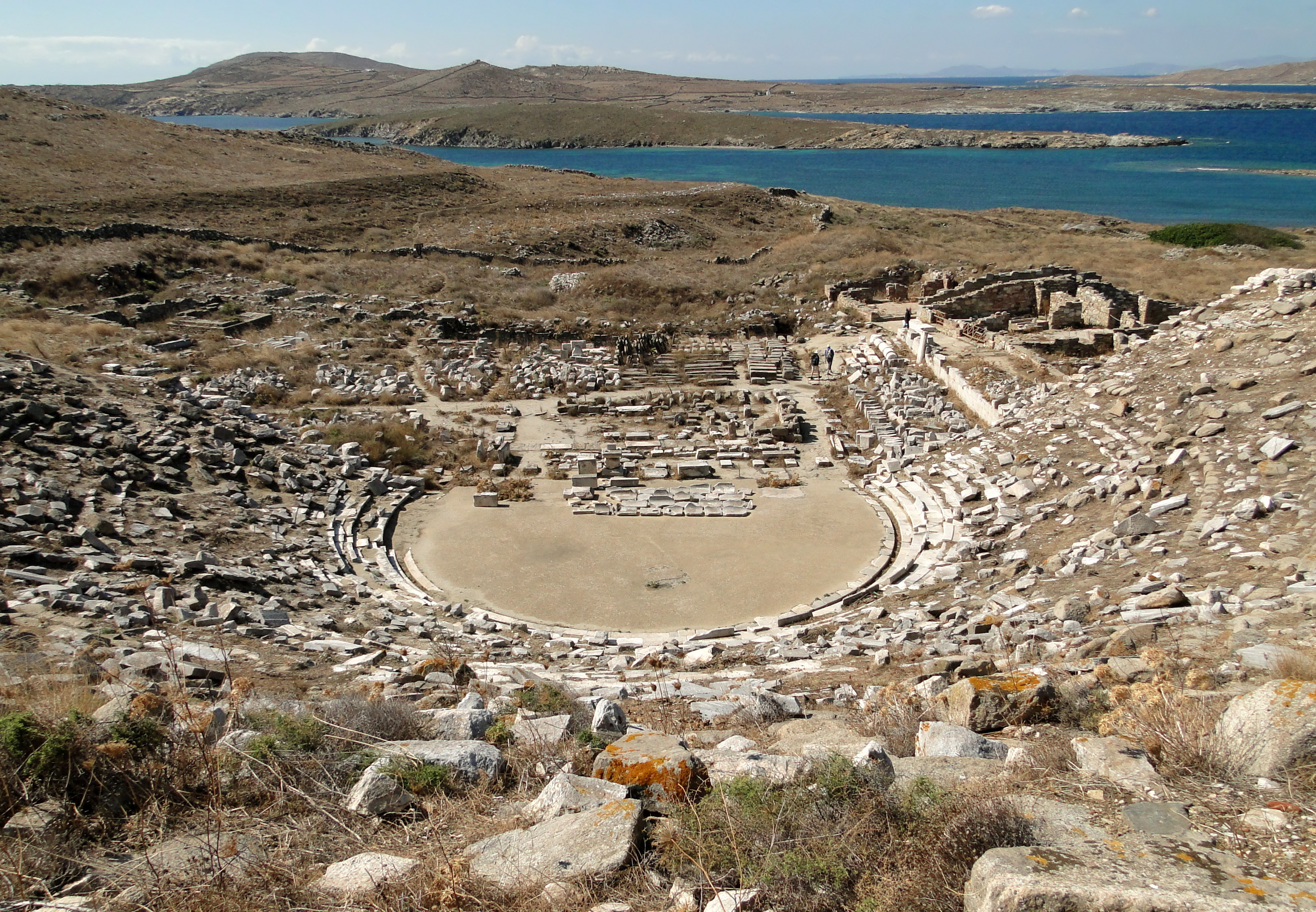
The Ancient Greeks laid the groundwork for Western civilization through their contributions to philosophy, government, science, and the arts. City-states like Athens and Sparta were the cradle of democracy, philosophy (Socrates, Plato, and Aristotle), and the Olympic Games. The Greeks also made significant contributions to literature, theater, and architecture, as seen in the Parthenon and other architectural marvels.
Here are a few facts:
- Birthplace of Democracy: Athens is often considered the cradle of democracy, where citizens had the right to vote and participate in decision-making.
- Olympic Games: Originating in Olympia in 776 BCE, the games were held every four years in honor of Zeus, featuring various athletic competitions.
- Philosophical Contributions: Socrates, Plato, and Aristotle laid the foundations of Western philosophy, ethics, epistemology, and politics.
- Architectural Marvels: The Parthenon on the Acropolis of Athens is a prime example of ancient Greek architecture and artistic achievement.
- Theatrical Innovations: The Greeks developed drama, introducing tragic and comedic genres that are still foundational in theater today.
7. The Roman Empire (27 BCE–476 CE)

The Roman Empire, known for its military prowess, extensive road networks, and monumental architecture, like the Colosseum and Pantheon, significantly influenced the development of law, government, and warfare in Western civilization. Its legacy is also evident in the widespread use of the Latin language and its contributions to the spread of Christianity.
Here are a few facts:
- Legal System: The Roman law principles form the basis of legal systems in many countries today, including concepts like trial by jury and legal representation.
- Road Networks: Over 250,000 miles of roads connected the empire, facilitating military movements, trade, and communication.
- Roman Engineering: Aqueducts, bridges, and public baths highlight Roman advancements in engineering and public infrastructure.
- Latin Language: Latin influenced the Romance languages (Italian, French, Spanish, Portuguese, and Romanian) and contributed to scientific and legal terminology.
- Spread of Christianity: Initially persecuted, Christianity became the state religion under Emperor Constantine, profoundly influencing Western culture.
8. The Persian Empire (c. 550–330 BCE)
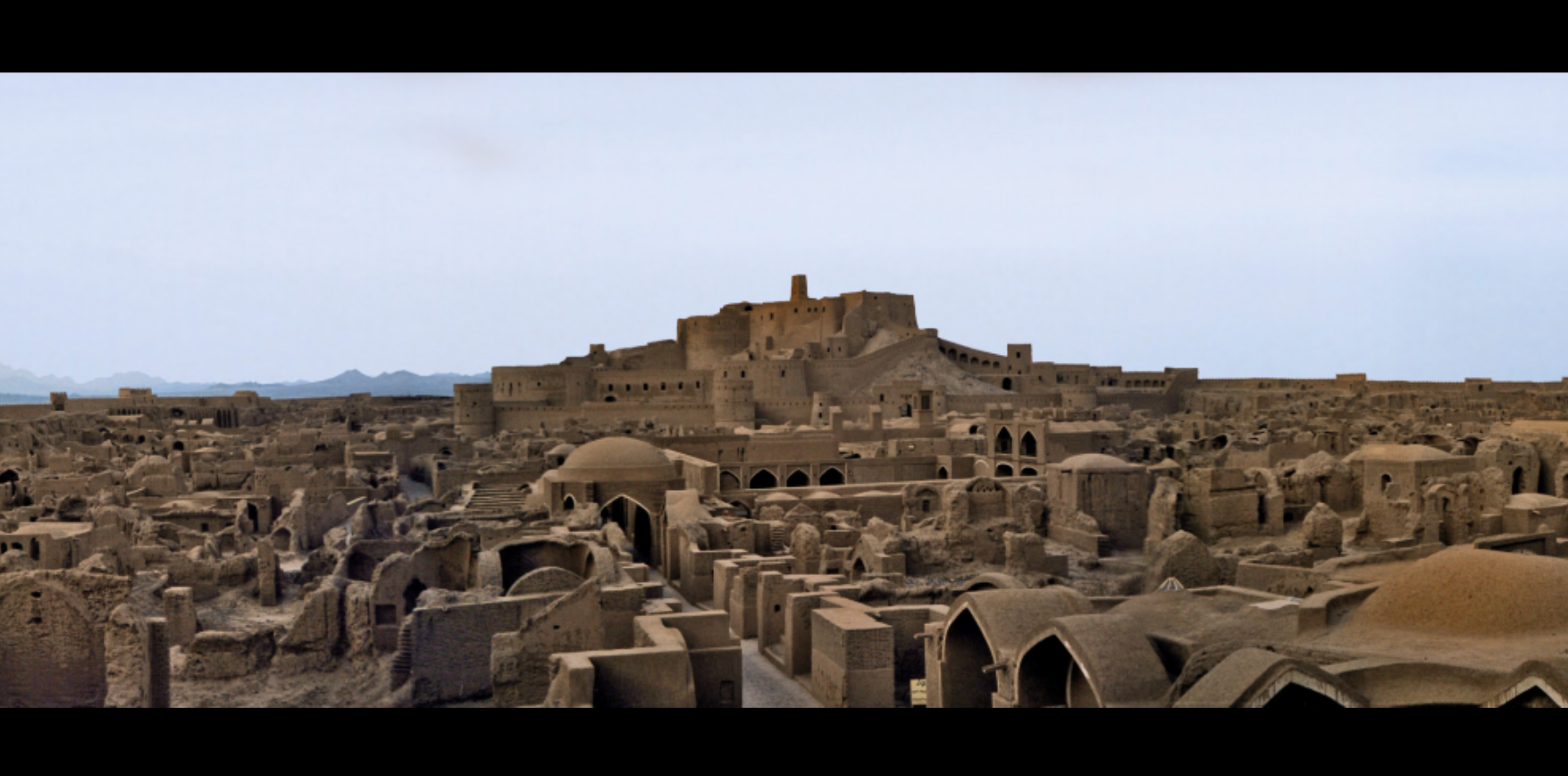
The Persian Empire, under leaders such as Cyrus the Great and Darius I, was notable for its tolerance of different cultures and religions within its vast territories. It pioneered a postal system, road networks (the Royal Road), and an efficient administrative system. The Persians also made significant contributions to art, architecture (Persepolis), and gardening (the concept of paradise gardens).
Here are a few facts:
- Cyrus Cylinder: Considered the first charter of human rights, it exemplifies the Persians' approach to governance, emphasizing freedom and tolerance.
- Royal Road: Spanning 1,700 miles, it facilitated rapid communication and trade across the empire, with stations for couriers and traders.
- Qanat System: An innovative irrigation system that transported water from aquifers to dry regions, supporting agriculture and settlements.
- Architectural Splendors: Persepolis, the ceremonial capital, showcased the empire's architectural prowess and multicultural influences.
- Cultural Tolerance: The empire was known for its policy of respecting the customs and religions of the diverse peoples within its territories.
9. The Inca Empire (c. 1438–1533 CE)

The Inca Empire was the largest empire in pre-Columbian America, extending across modern-day Peru, Ecuador, Bolivia, and Chile. Renowned for their engineering marvels, they built extensive road systems, terraces, and the famed Machu Picchu without the wheel or iron tools. The Incas also developed advanced agricultural techniques and a unique system of communication (quipu) based on knotted strings.
Here are a few facts:
- Road System: The Incas built over 25,000 miles of roads, including the famous Inca Trail, facilitating movement and control across the empire.
- Machu Picchu: A stunning architectural feat located high in the Andes, its purpose remains a topic of scholarly debate.
- Agricultural Innovations: Terracing and irrigation systems allowed the Incas to cultivate crops in challenging Andean environments.
- Quipu: A unique system of knotted strings used for accounting and possibly for recording narratives and other information.
- Solar Worship: The Sun God Inti was central to Inca religion, with the Sun Temple in Cusco serving as a key religious site.
The Takeaway
These ancient civilizations each contributed uniquely to the tapestry of human history, leaving legacies that continue to influence modern society. From pioneering the earliest forms of writing, government, and science to creating monumental architectures and enduring art, their achievements form the foundation upon which contemporary civilizations are built. As we continue to uncover more about these ancient societies, we gain valuable insights into the complexities of human culture and the interconnectedness of our past.
Category: History